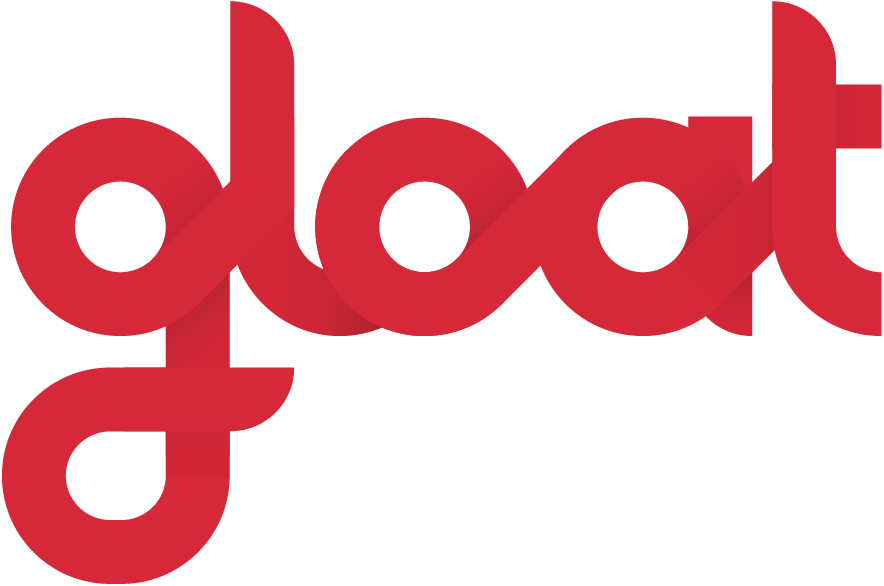How to tame the talent marketplace
Before you dive head-first into HR tech’s hottest trend, here are nine truths you need to know

This post was written by Allan H. Church and Natalie Cori and originally published on TalentQ.
If you’re reading this article, you’re probably familiar with the concept of a “talent marketplace,” or you’ve at least heard other people use the term. Consulting firms and industry professionals are pitching it as the latest holy grail of HR tech, and it seems like the industry is suddenly saturated with vendors offering various platforms in this space, like Gloat, Eightfold.io, Avature, Fuel50, and Phenom.
Talent marketplace evangelists have claimed it to be everything from the future of work to the panacea for flagging employee engagement. While senior leaders might be buying the hype, at a minimum, HR and talent management professionals need to understand what it is—and, more importantly, what it isn’t.
Although it may sound like an intuitive concept (i.e., the democratization of talent development and internal mobility), the effective application of a talent marketplace in your organization requires a great deal more than simply implementing a technology solution.
First, let’s set some context. A marketplace in general can be defined as “an open square or place in a town where markets or public sales are held.” Applying this to human capital, a talent marketplace is generally described as a widely accessible technology platform that enables employees (talent) to connect with various developmental opportunities (like jobs and gig projects) and apply to these opportunities on their own, without any type of organizational intervention. Similarly, the idea is also that managers can find, review, and select talent on their own.
And where is the HR and talent management function in all this? Ostensibly, nowhere to be found. Because who needs HR and talent management professionals to facilitate talent identification, detailed development and experience planning, talent reviews, job placement, or even succession planning under this umbrella of a truly democratized free market?
The talent marketplace concept comes from natural evolution and synergy between existing HR tools and processes we’ve used for years in talent management, organization development, talent acquisition (including internal staffing), and learning and development. These include familiar practices such as growth and development discussions, skill-based mapping and targeted assignments, critical experience and career pathing frameworks, continuous learning agendas, targeted and reverse mentoring initiatives, and internal mobility programs.
The talent marketplace reflects a reimagined and integrated way of “democratizing” employee development by enabling preference and skill-based matching technology on a global scale within an organization. While the components of any given platform may (and do) vary by vendor (is formal learning or visibility to slating included), the ultimate goal of a talent marketplace is fairly consistent: to empower employees to drive their own development and career progression using AI-informed technology through a seamless highly engaging employee experience (EE) design.
This certainly sounds great in theory, and it’s one that many organizations have been seeking a solution for—in some form or fashion—for decades. PepsiCo was an early adopter of the concept, for example, back in the early 2000s with the launch of the organization’s “career development journey” vision, enabled by a custom technology solution at the time.
The design and implementation of a full suite of integrated talent management tools, however, has significant technology, policy, process, capability, and cultural implications. We’ve been researching, benchmarking, discussing in conferences, and, of course, implementing a talent marketplace at PepsiCo ourselves.
While we’re in the early stages post-launch, we’ve already learned a lot throughout the process. Here, then, are nine truths you should know about the talent marketplace as you consider taking the plunge (if you haven’t already):
Truth #1: The talent marketplace serves to facilitate the new “future of work”
Yes, the “future of work” has evolved into a mainstream catchphrase thanks to the push to embrace remote work during the COVID-19 pandemic, but the concept was gaining traction for years before the pandemic, too.
In a 2016 summit, for example, Josh Bersin, a leader in the space, declared “the future of work is already here,” pointing to a shift away from the traditional experience-based career ladder and toward a skill-based approach to talent mobility.
Similarly, in their 2018 book, Reinventing Jobs, John Boudreau and Ravin Jesuthasan, both well-known experts in the field, discussed the rise of automation and its potential for disrupting the traditional job structure.
So, if you’ve been following the literature, you already know the concepts (if not the latest buzzword that captures them). Plus, you can feel comfortable that there’s a scientific basis behind the curtain.
Truth #2: You probably already have some elements of a talent marketplace in your company
Surprised? We know that enduring, high-performing companies have been moving talent internally for decades.
PepsiCo, along with many other companies, for example, implemented internal job posting platforms over 20 years ago. Google has been facilitating internal projects (a.k.a. gig assignments) for its employees since 2004, and the vast majority of large organizations today have open learning experience platforms leveraging tools like Degreed, Udemy, and Cornerstone.
In fact, in a recent benchmark of top development companies, 46 percent of L&D leaders reported their organization is already using learning experience platforms, and a further 31 percent are planning to implement them in the near future. In short, even if you’re not yet calling it a talent marketplace, it’s likely you have some of the elements in place already.
Truth #3: The talent marketplace is highly dependent on strong technology
It’s important to know a talent marketplace is still largely a technology-driven solution. (It’s hard to imagine democratizing job postings, gig placement, and skill-based talent searches by hand.) As a result, the offerings today are essentially controlled by a group of technology partners or vendors.
While many firms claim to have talent marketplace solutions, their capabilities for customization will differ, sometimes dramatically. If you want to make the best strategic HR decisions using this technology, you must approach the selection of a product thoughtfully based on your specific needs.
In short, we’re talking about a marketplace of complex and connected employee development systems, not just another shiny tech product that will do everything you hope for out of the box.
Truth #4: Technology integration is easier said than done
Given the singular importance of technology for enabling a talent marketplace, it’s no surprise that vendors and consulting firms might over-pitch the simplicity of integration.
Most organizations—particularly large ones where a talent marketplace makes sense to implement from a scale perspective—already have multiple HR systems and employee development platforms in place. We’re not the first to point this out, but technology integration will never be as simple as you think, because tech is imperfect and evolving as we speak.
We’re hearing from colleagues across organizations that these integrations are harder than they seem, and will take significant time, money, and resources to embed across platforms and HR processes. So, if you’re going to implement a fully integrated talent marketplace platform that offers a seamless employee experience, you’ll need an “all-hands-on-deck” approach (IT, HR Ops) to make this work.
Truth #5: Purpose matters
Implementing the latest shiny HR technology solution is great, but before you do, ask yourself and your senior leaders this question: Do you really know why you want to implement a talent marketplace?
As we’ve learned through talking to Boudreau, Bersin, colleagues from other organizations, and vendors in this space, the answer to this question isn’t always the same across customers. In fact, there appear to be some fundamental philosophical differences in the big why organizations choose to pursue a talent marketplace. Here are the major buckets of the rationales and outcomes we’ve seen articulated:
- Empowering careers: Two large, global organizations that we benchmarked partnered with their vendors to design and launch internal mobility platforms after finding a major segment of their workforce was dissatisfied with the lack of transparency into internal job opportunities.
- Leveraging skills: After realizing a heavy “buy” (versus build) strategy for their highly skilled labor forces wasn’t sustainable, a large healthcare technology organization implemented an internal talent marketplace to gain a skills-based view of its existing talent and refresh its workforce-planning strategy.
- Unlocking capacity: A global consumer packaged goods organization recently reported unlocking employee capacity and boosting cost savings during the 2020 COVID-19 pandemic via its project-based marketplace, which enabled the redeployment of talent across the organization.
- Culture change: At PepsiCo, the implementation of a new “myDevelopment” platform has been driven by the need to bring our employee Growth & Development Framework and 70-20-10 development philosophy to life via a technology solution. While empowering employees and leveraging skills are important components, we’re approaching the implementation of a talent marketplace from a cultural shift toward democratizing growth opportunities, whether they’re jobs, gigs, learning, networking, or any other processes we ultimately align to the platform.
We all know strategy comes first and should drive implementation of any new HR tools, processes, or technology—not the other way around. So, be sure to have crystal clarity on why you want to have a talent marketplace and what specific problem you’re looking to address, and keep that purpose front and center throughout the process. It will make implementation and metrics that much easier in the end.
Truth #6: The talent marketplace is fundamentally at odds with traditional talent management
Ever since the “war for talent” phenomenon was coined in the late 1990s, organizations have been focused on attracting, developing, and retaining the best talent possible within their means.
Over the past decade, this has led to the rise of the talent management profession, including entire functions in many organizations that exclusively focus on these areas. In addition, it has also resulted in a swing from employee and organization development broadly to placing a laser-focus on talent differentiation, including identifying and accelerating the development of high-potential employees.
In fact, the search for “high-potentials” has been the talent management mantra for the last 10-plus years. As we’ve described many times before, one of the cleanest distinctions in practice is that organization development (OD) focuses on “the many” while talent management focuses on “the few.”
With the rise in popularity of the talent marketplace, the global shift in talent focus seems to be swinging back again to a focus on the many (e.g., OD over TM). After all, transparency, growth, and development for all employees have been among the core values espoused by OD practitioners since the 1960s.
So, can the talent marketplace and talent management co-exist? The bottom line here is a “yes, but.” That is, these two diametrically opposed frameworks (OD versus TM) can exist together, but unless you plan to segment off a group of high-potentials and access to key development/leadership roles, the “management” of your high-potential pipeline and succession planning efforts will be at significant risk when implementing a talent marketplace approach.
We believe strongly that while the talent marketplace is a fantastic way to drive employee development at a broad organizational cultural level, most organizations will still need HR and TM professionals to work with line leaders on assessing key talent, implementing targeted development efforts based on what critical experiences they’ve gained or need to gain, and conducting formal slating for critical and/or key development roles.
Given the hype associated with the talent marketplace and the continued focus on high-potentials in many talent strategies, it’s no surprise that someone would try and combine these ideas. In fact, we’ve even heard it suggested that it might be possible to turn the entire discussion around and leverage end-user data in a talent marketplace to provide a pseudo-measure of potential. In other words, organizations might be able to make the inference, using platform data, that employees who demonstrate a real passion for learning by applying constantly to gigs or new roles should be flagged as individuals with greater potential over others.
Our response to this is a simple NO. This isn’t something we should be pursuing as a profession. While it’s great to see employees using the tools to drive their own development and explore key segments, there are other potential negative factors that could drive individuals to “over-apply” to new learning and development opportunities. Some of these include lack of engagement, lack of commitment to learning from one’s current role, or eagerness to escape a particular manager or team.
In the end, there’s a reason benchmark studies show that best-in-class talent management organizations rely on empirically validated psychometric assessment tools in multi-trait multi-method designs (like PepsiCo’s LeAD program) to predict future leadership potential. Leveraging these types of robust data tools in a talent marketplace application is a far better design than replacing them with end-user activity metrics.
Truth #7: HR needs to take this opportunity to evolve, not devolve
Much has been written over the years from thought leaders such as David Ulrich, John Boudreau, and others about the need for HR to evolve from process administrators to strategic business partners. While that’s all well and good, as long as there are complex processes to be executed, it’s difficult to free up the mental bandwidth necessary to shift in orientation. The talent marketplace provides a critical opportunity to drive this change if HR and TM professionals are willing to let go of some control.
Let’s be clear: The talent marketplace by definition is an employee-centric platform and mindset, not an HR process or staffing tool. This means HR (and TM) are no longer in the mix of staffing jobs, reviewing profiles, or debating talent moves for the target population on the platform.
While some HR professionals may find this challenging and even offer active resistance, we think it’s critical that they instead embrace their newfound freedom to build their skills, enhance their business knowledge, and focus on more strategic topics like organizational culture, change management, capability building, and critical talent pools.
The bottom line here is to make sure you’re ready to drive change in the HR function alongside your broader implementation strategy.
Truth #8: You get what you measure
This point relates directly to truth #5: purpose matters. While there are different types of data you can collect and track, as with any good organizational change management effort, your metrics need to align with your intended agenda, i.e., the why. The challenge in doing this with a talent marketplace is it’s unlikely the benefits of a new system like this will be immediate.
While you can measure variables like adoption and usage early, it will take time for your organization to fully embrace any culture shifts or changes in engagement measures (perceptions of career transparency, empowerment, or even manager behaviors), and perhaps even longer before hard outcomes are directly attributable to the platform itself (turnover, performance in new roles, skills gained successfully post assignments.)
As you’re planning for your implementation, it’s helpful to consider outcomes of importance at Horizon 1 (next 6 to 12 months), 2 (12 to 24 months), and 3 (24-plus months). In addition to planning measurements over time, it can be beneficial to think about each metric in terms of what it means from the lens of your broader T-Marketplace agenda.
Truth #9: Implementing a talent marketplace isn’t like flicking a light switch
Given all of the points raised above, one thing should be abundantly clear. While you can plan, design, pilot, and ultimately implement a new talent marketplace platform (whether barebones or with all the bells and whistles), having your employees and organization transform their ways of working and thinking doesn’t happen overnight
Organizational change experts like Warner Burke or Ed Schein will tell you large-scale organizational change efforts take time, resources, and behavior change to make an impact. For example, don’t expect that implementing a talent marketplace solution by itself will increase the frequency or quality of performance feedback given to employees.
While the platform might provide greater opportunities for this to happen, as people openly apply for new roles or projects and managers can respond to them in real time, you still need to build managerial capability through training to actually drive improvement. The platform itself is simply an enabler, not a replacement for more traditional management development efforts.
If you consider your talent marketplace efforts to be a multi-year transformational journey (and frame it that way to senior leaders and stakeholders), you’re approaching it with the right mindset. In a recent interview in the HR Tech space, the chief talent officer at IQVIA said, “turning on talent marketplace is like turning up a dimmer, not flicking on a light switch.”
If you want to achieve the full potential of a fully integrated and engaging talent marketplace that creates pull, you need to take an organizational systems view for the long haul. Sure, pilots are great (and some vendors will guide you picking those pilot targets), but in the end, you need to know what you’re doing, why you are doing it, and when you realistically expect to see a positive outcome.
Allan H. Church, Ph.D., is the senior vice president of global talent management at PepsiCo and has been with the company for over 20 years. Prior to his tenure at PepsiCo, he served as an external OD consultant working for W. Warner Burke Associates and several years at IBM in the Communications Measurement and Research and Corporate Personnel Research departments. He is Fellow of the Society for Industrial-Organizational Psychology, the American Psychological Association, the Association for Psychological Science, and the Society of Consulting Psychology.
Natalie Cori, M.A. is a senior analyst of global talent management at PepsiCo, where she focuses on talent development processes for senior leaders, and broad-based leadership and development frameworks. Prior to joining PepsiCo, Natalie worked in change management at L’Oreal, concentrating on organizational survey analytics and team interventions. Natalie received her master’s degree in organizational psychology from Columbia University and her bachelor’s degree in Biopsychology from Loyola University. Her certifications include the Hogan Personality Assessment suite, Digital Learning Experience Design (LEX), and the Occupational Personality Questionnaire (OPQ).




